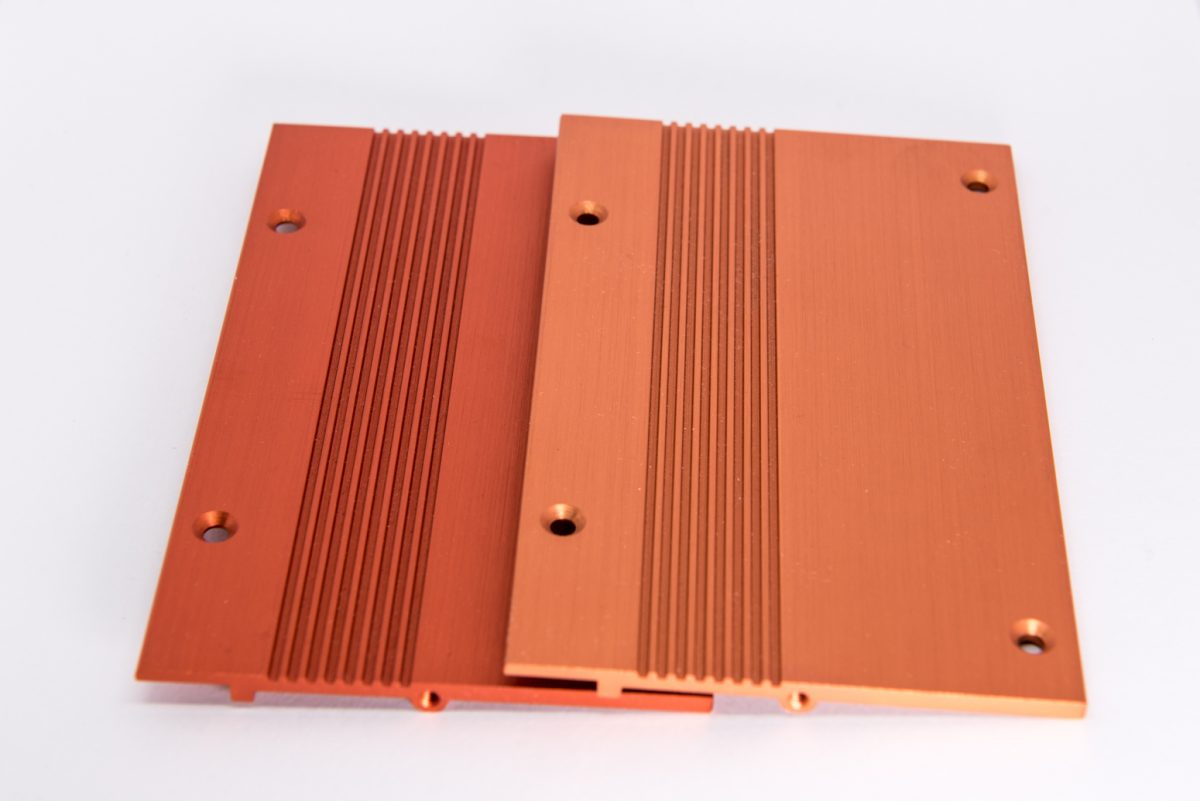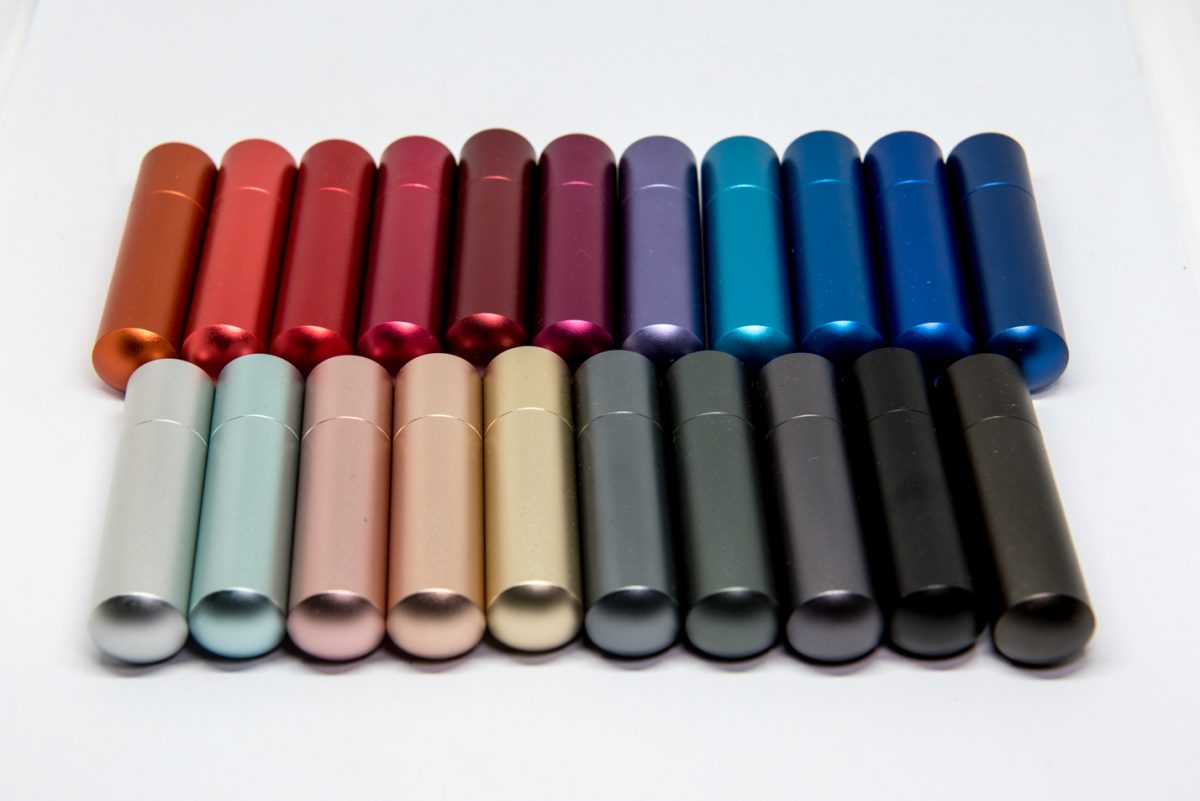Why aluminum is so widely used in the manufacturing industry?
The density proportion of aluminum is less than one-third of iron. Its thermal conductivity is second only to copper, and it is three times of iron. Aluminum and its alloys have excellent processing performance, whether it is by turning/milling, stamping, die-casting and extrusion. Coupling with the anodized treatment greatly improves the surface quality performance. Therefore, whether it is the 3C industry and the defense industry, etc., the proportion of aluminum alloys used in various industries is quite high.
From the perspective of the 3C industry, since the Apple iPhone 5, mobile phone cases have gradually become full-aluminum alloy bodies. Many mobile phones still use aluminum alloy body solutions. With the development and maturity of aluminum alloy processing technology, the aluminum alloy, which could only be used for decoration, was upgraded to mobile phone casing parts, which greatly improved the appearance, product value and structural performance of mobile phones.
Smartphones with aluminum alloy bodies have unique luster and good grip, and the unique cool characteristics of metal can provide better heat dissipation performance for the body. Besides, the aluminum alloy has good workability and surface decoration. It can meet the requirements of large volumes and the exquisite appearance of the mobile phone industry.
What is anodizing dyeing?
For decorating and improving the surface properties of aluminum alloys, coloration is performed on the aluminum alloy oxide film to obtain gorgeous and colorful appearance effects. The commonly used coloring method is chemical dyeing. Dye particles are adsorbed and diffuse into the pores of the porous membrane. They accumulate and combine with hydrogen bonds and covalent bonds with alumina to color the film layer, and finally seal the pores. The depth of color is determined by the number of metal particles deposited, not related to the thickness of the oxide film. Through these processes, corrosion-resistant, abrasion-resistant, and colorful surface protective decorative layer can be obtained.
In actual production, due to differences in personnel, materials, processes, equipment, operations, etc., there will also be certain differences in the color of each batch of products, resulting in different quality defects. The defects of aluminum alloy coloration are generally the following: lighter color, darker color, brighter gloss, sub-gloss, white marks, flow marks, blotchy metal texture, and so on.

In order to ensure that the color difference of each batch of products remains consistent, it is necessary to formulate standards within the deviation range confirmed by both parties to enable the production to proceed smoothly. A set of aluminum alloy anodized color plates for color difference control is usually made to define the allowable range of color difference and gloss values. It will also remind the plating hanging place to avoid the hanging point appearing on the important appearance of the part.
You can find the photo display of the CNC machining parts made by us HERE

